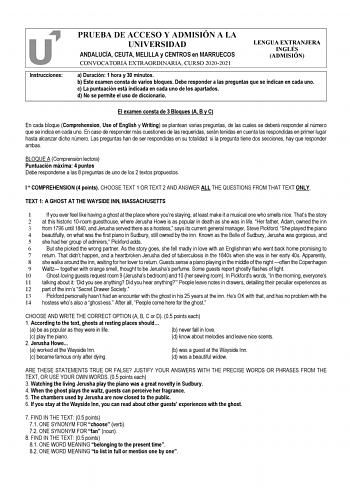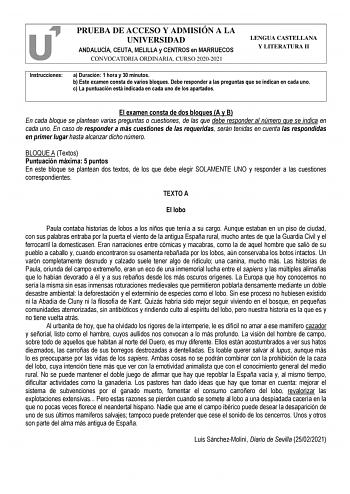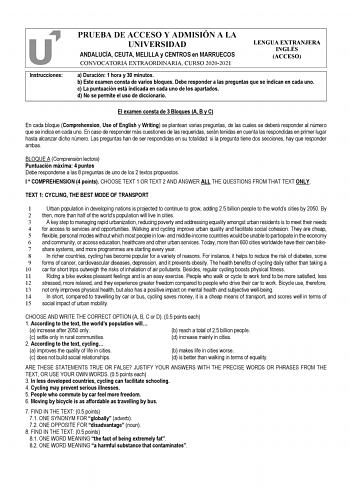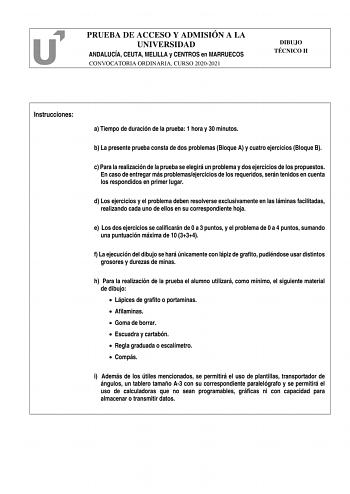Examen de Inglés de Andalucía (PEvAU de 2021)

| Comunidad Autónoma | Andalucía |
|---|---|
| Asignatura | Inglés |
| Convocatoria | Extraordinaria de 2021 |
| Fase | Admisión |
Temas mencionados new_releases

Great Barrier Reef
The Great Barrier Reef is the world's largest coral reef system composed of over 2,900 individual reefs and 900 islands stretching for over over an area of approximately. The reef is located in the Coral Sea, off the coast of Queensland, Australia.
Fuente: wikipedia.orgGeneración del 27
Con el término Generación del 27 se denomina comúnmente a una constelación de escritores españoles, en su mayor parte poetas, del siglo XX que se dio a conocer en el panorama cultural alrededor del año 1927, con motivo del homenaje a Luis de Góngora organizado en ese año por José María Romero Martínez en el Ateneo de Sevilla con motivo del tercer centenario de su muerte, en el que participaron muchos de sus miembros más conocidos, dentro de la llamada "Edad de Plata" de la literatura española, época en que coincidieron en plena producción durante la Segunda República esta brillante promoción j…
Fuente: wikipedia.orgPassive voice
Passive voice is a grammatical voice common in many languages. In a clause with passive voice, the grammatical subject expresses the theme or patient of the main verb – that is, the person or thing that undergoes the action or has its state changed. This contrasts with active voice, in which the subject has the agent role. For example, in the passive sentence "The tree was pulled down", the subject (the tree) denotes the patient rather than the agent of the action. In contrast, the sentences "Someone pulled down the tree" and "The tree is down" are active sentences.
Fuente: wikipedia.orgT-26
The T-26 tank was a Soviet light infantry tank used during many conflicts of the 1930s and in World War II. It was a development of the British Vickers 6-Ton tank and was one of the most successful tank designs of the 1930s until its light armour became vulnerable to newer anti-tank guns. It was produced in greater numbers than any other tank of the period, with more than 11,000 units manufactured. During the 1930s, the USSR developed 53 variants of the T-26, including flame-throwing tanks, combat engineer vehicles, remotely controlled tanks, self-propelled guns, artillery tractors, and armoured carriers. Twenty-three of these were series-produced, others were experimental models.
Fuente: wikipedia.org


